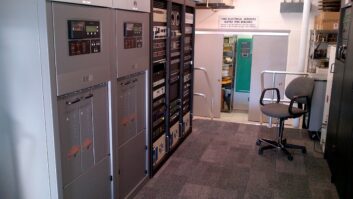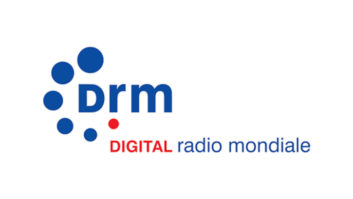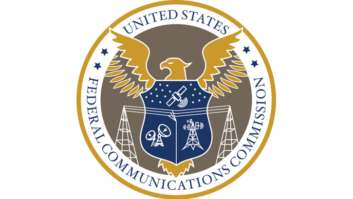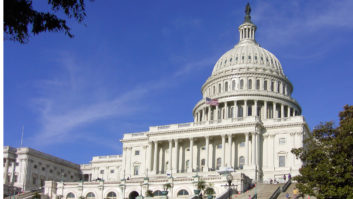Townsquare Media, Connoisseur Media and Midwest Communications believe that the Federal Communications Commission’s decades-old local ownership rules hinder the ability of broadcasters to compete for audience and advertisers. They’ve asked the FCC to do away with subcaps in all but the largest markets.
By contrast, iHeartMedia recommends a “targeted, moderate approach.” It fears that a proposal from the National Association of Broadcasters — to abolish AM caps entirely and raise FM limits — “could exacerbate the competitive disadvantage experienced by AM radio stations relative to FM radio stations.”
Comments by these companies come as the commission conducts its latest review of media ownership rules, even though, as we’ve reported, it still hasn’t finished the previous one.
In a quadrennial review, the commission is supposed to assess whether its rules continue to serve the public interest in light of the current media marketplace.
For radio, at the center of discussion is whether the commission will keep its rules or raise the limits on how many stations a broadcaster can own in a market.
Ownership caps dictate the total number of stations a broadcaster can own in a market, while the word subcaps refers to how many of those stations can be in each service (FM or AM).
iHeart is asking the commission to eliminate all ownership limits on AM radio stations but retain the current local ownership restrictions on FMs. “This moderate, targeted reform would help ensure that AM radio stations continue to provide the indispensable public interest services upon which tens of millions of American consumers rely,” the big company told the FCC.
iHeart cites the critical role AM radio plays in keeping the public informed about impending dangers, as well as other benefits. “Due to its lower financial barriers to entry, AM radio serves as an entry point for small businesses, as well as for women and minority entrepreneurs, seeking new or expanded broadcast opportunities at a more reasonable price point than FM,” iHeartMedia concluded.
[See Our Business and Law Page]
Townsquare, Connoisseur and Midwest, filing jointly, argue that OTA broadcasters need the ability to form larger local clusters. “Only by increasing their reach in their local markets can local broadcasters be able to keep up with changing audience attitudes and compete with big tech for advertising dollars.”
The trio says they have “demonstrated that radio stations not only face increasing competition for audience but also for advertising revenues and that this ever-evolving competitive landscape requires relaxing of local ownership rules.”
They note that the explosion in local ad sales by out-of-market internet platforms continues, and that consumers view these as substitutes for local radio stations in terms of both audio listening and advertising.
“It is time to move away from the 1996 rules designed for a market and audience that looked and behaved very differently. It is time to usher in an era where radio broadcasters can fairly compete and continue to serve the public with the local benefits they are uniquely positioned to provide.”
The three companies support the NAB’s formula. The association first made its recommendation in 2019 as part of the 2018 quadrennial review, the one that hasn’t been completed yet.
In markets No. 1 through 75, NAB recommends that a given entity be allowed to own as many as eight commercial FMs per market, with no cap on AM ownership. In addition, an owner could capitalize on the FCC’s incubator program and get waivers for two more commercial FM stations by participating.
In smaller or unrated markets, the NAB recommends no cap on FM ownership. A single licensee could own all FM stations in Nielsen markets 76 and smaller.
Reply comments for the current quadrennial review proceeding are due March 20 via the FCC’s online system; refer to Docket 22-459.







